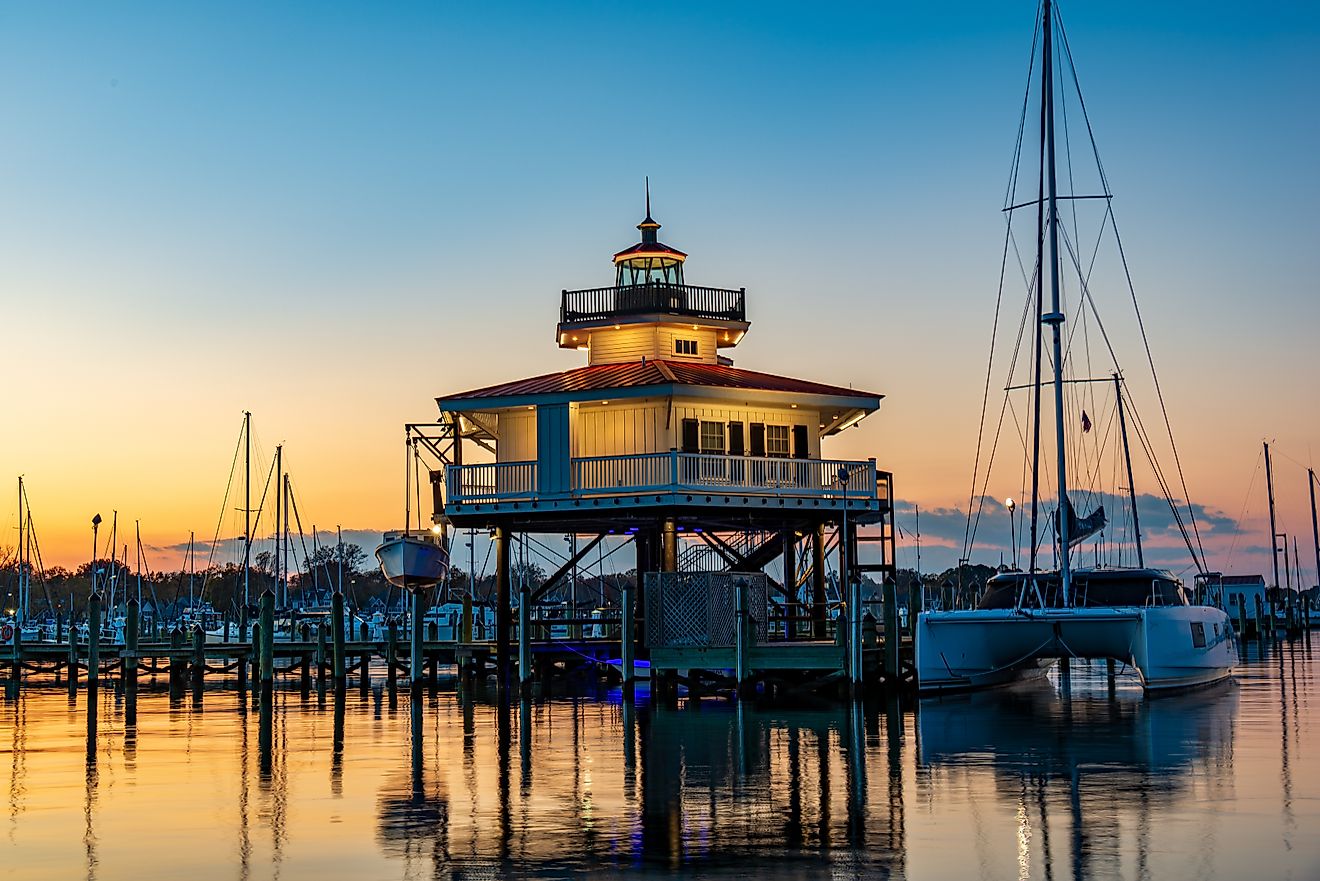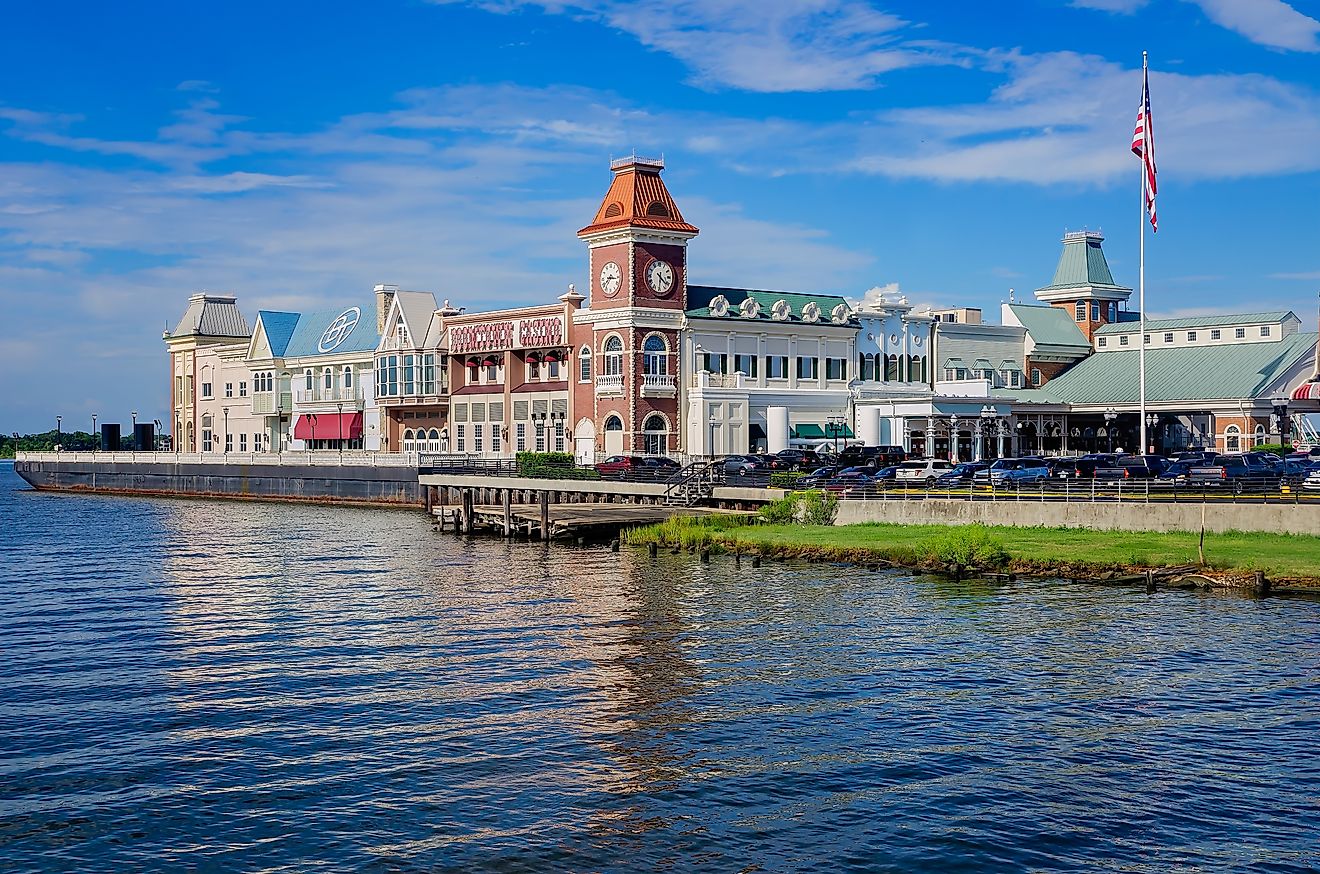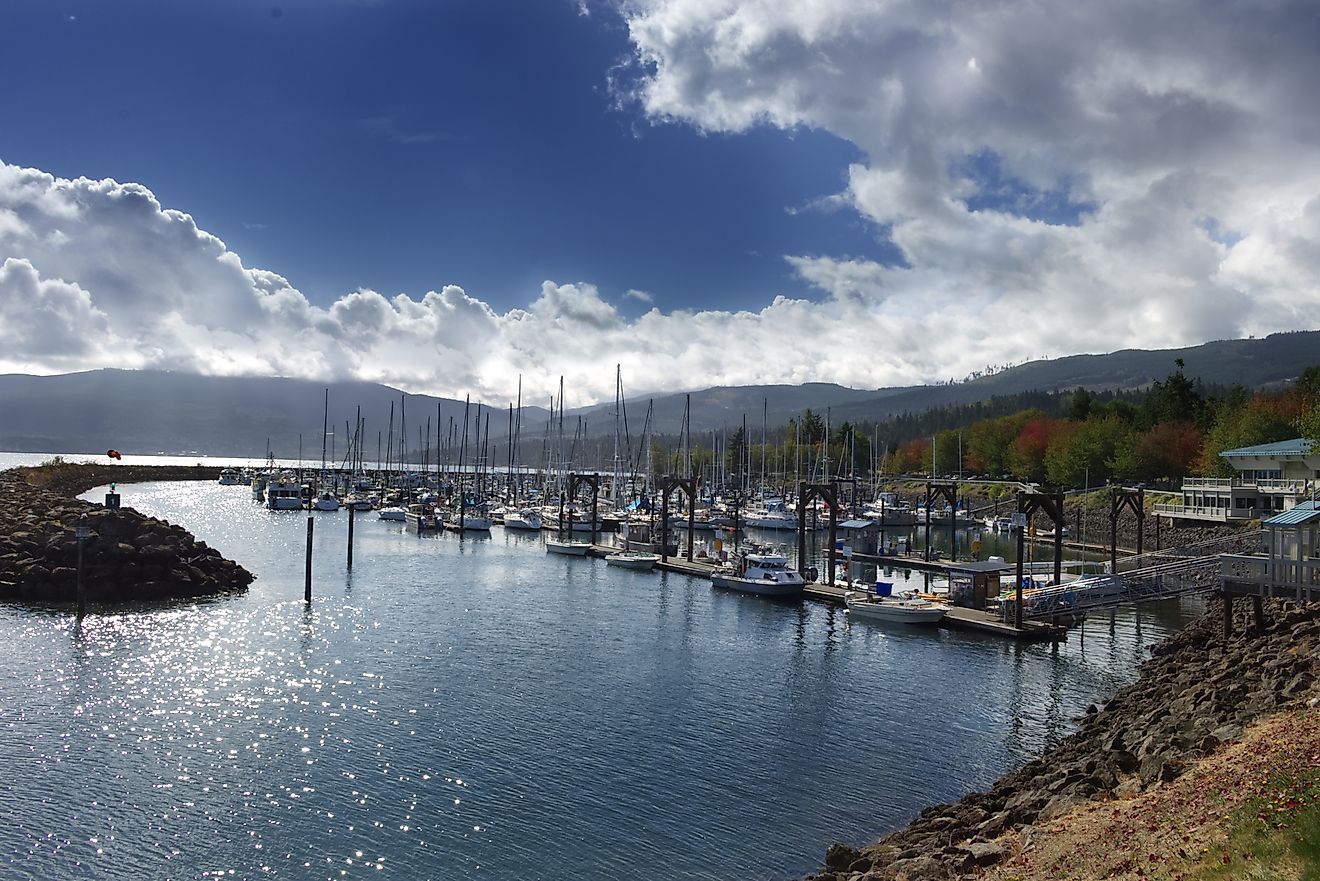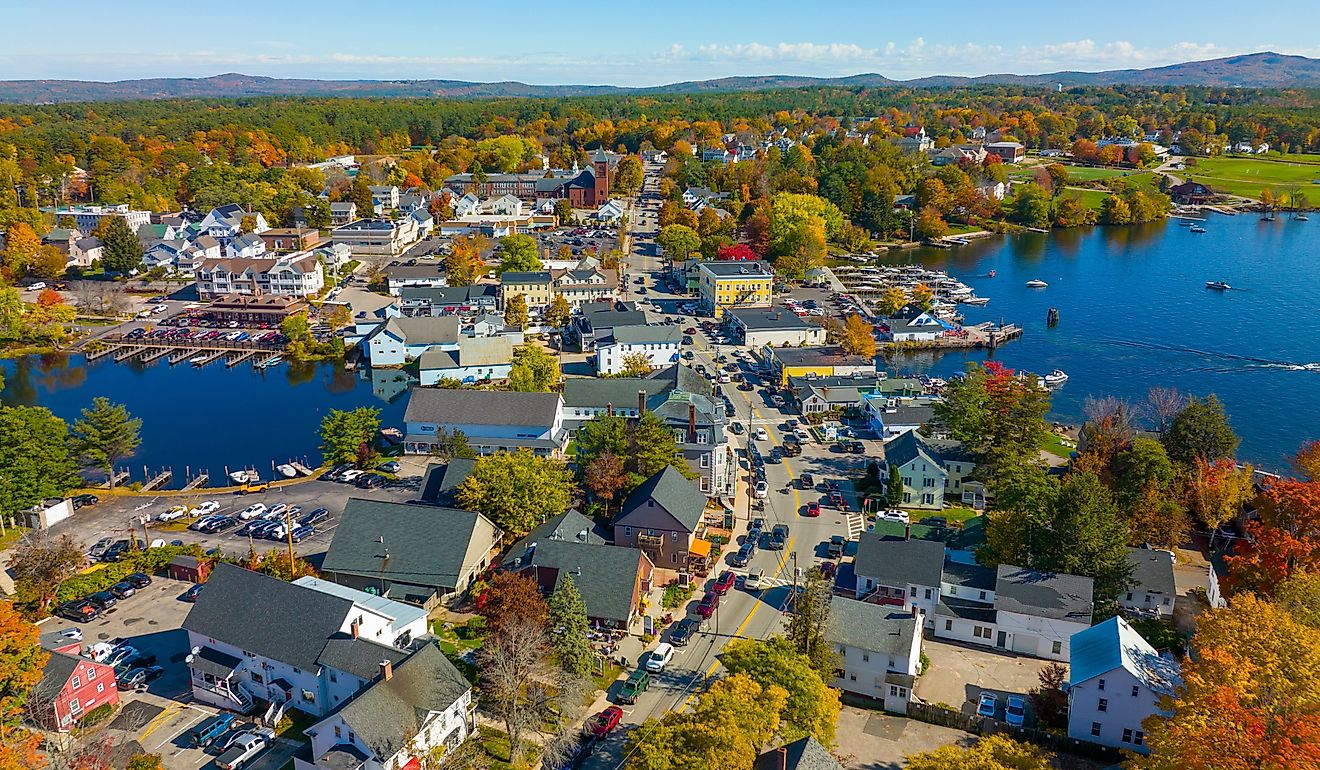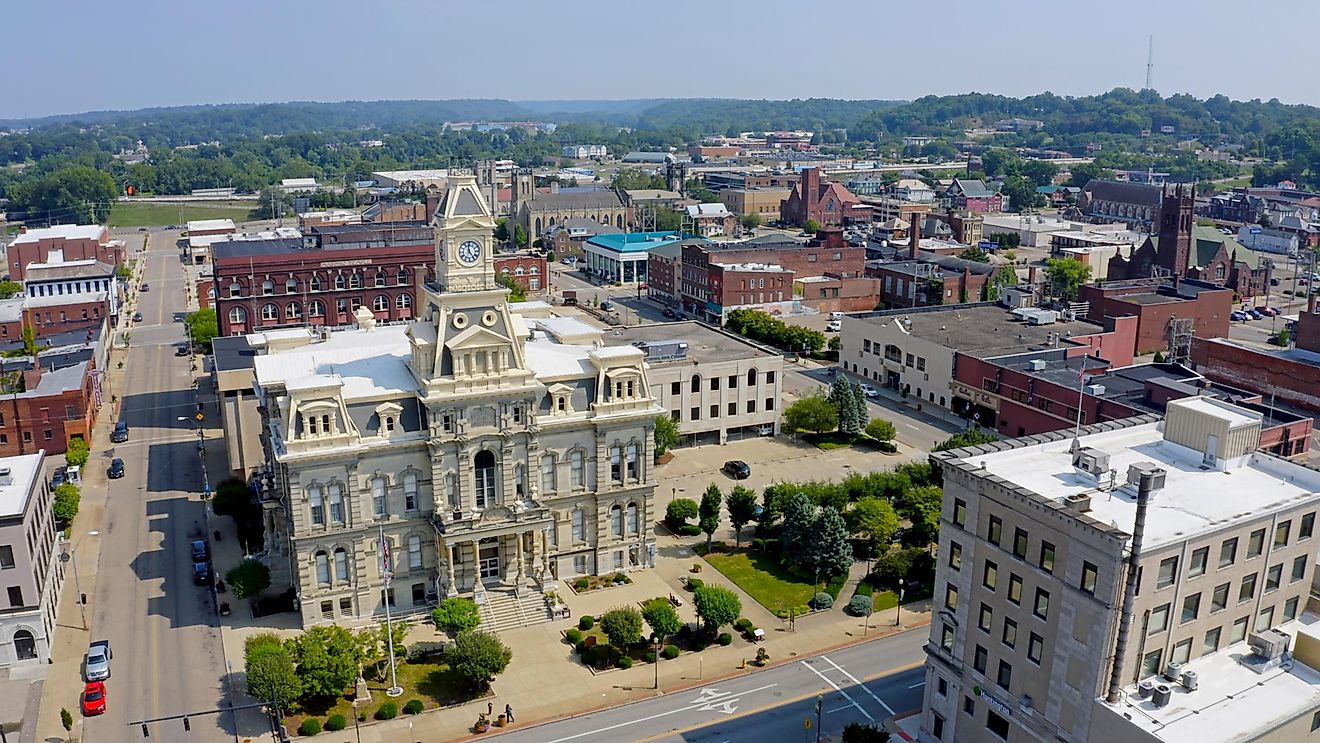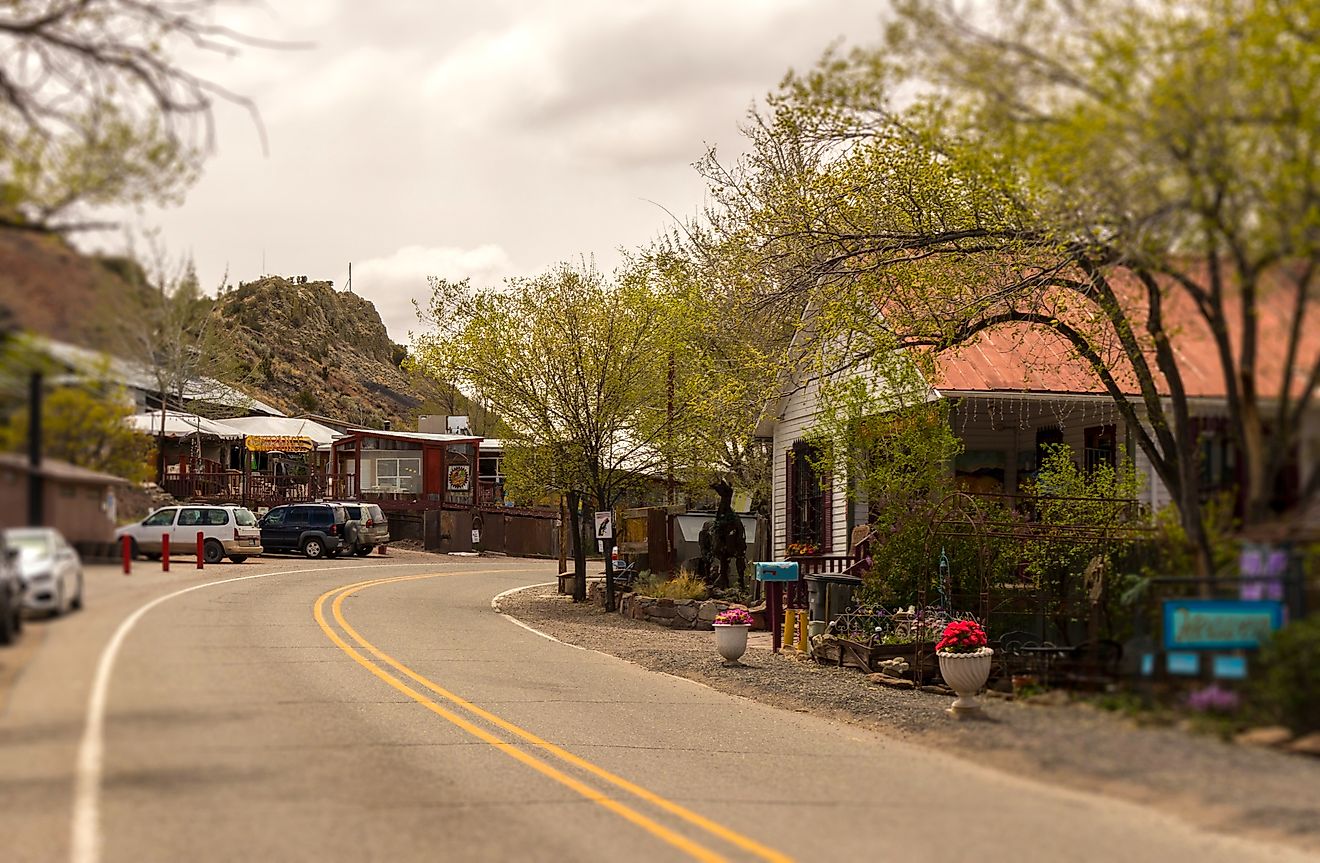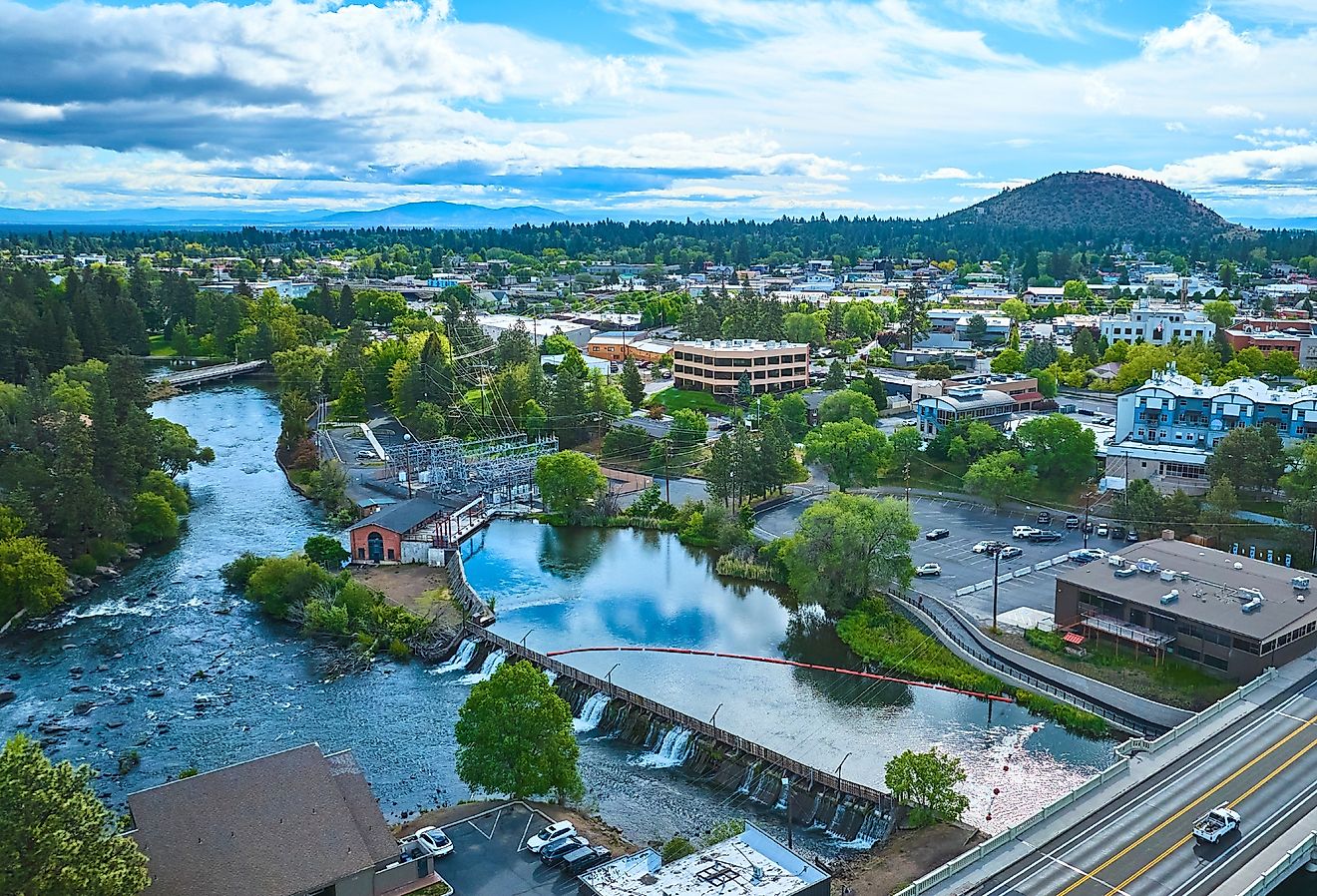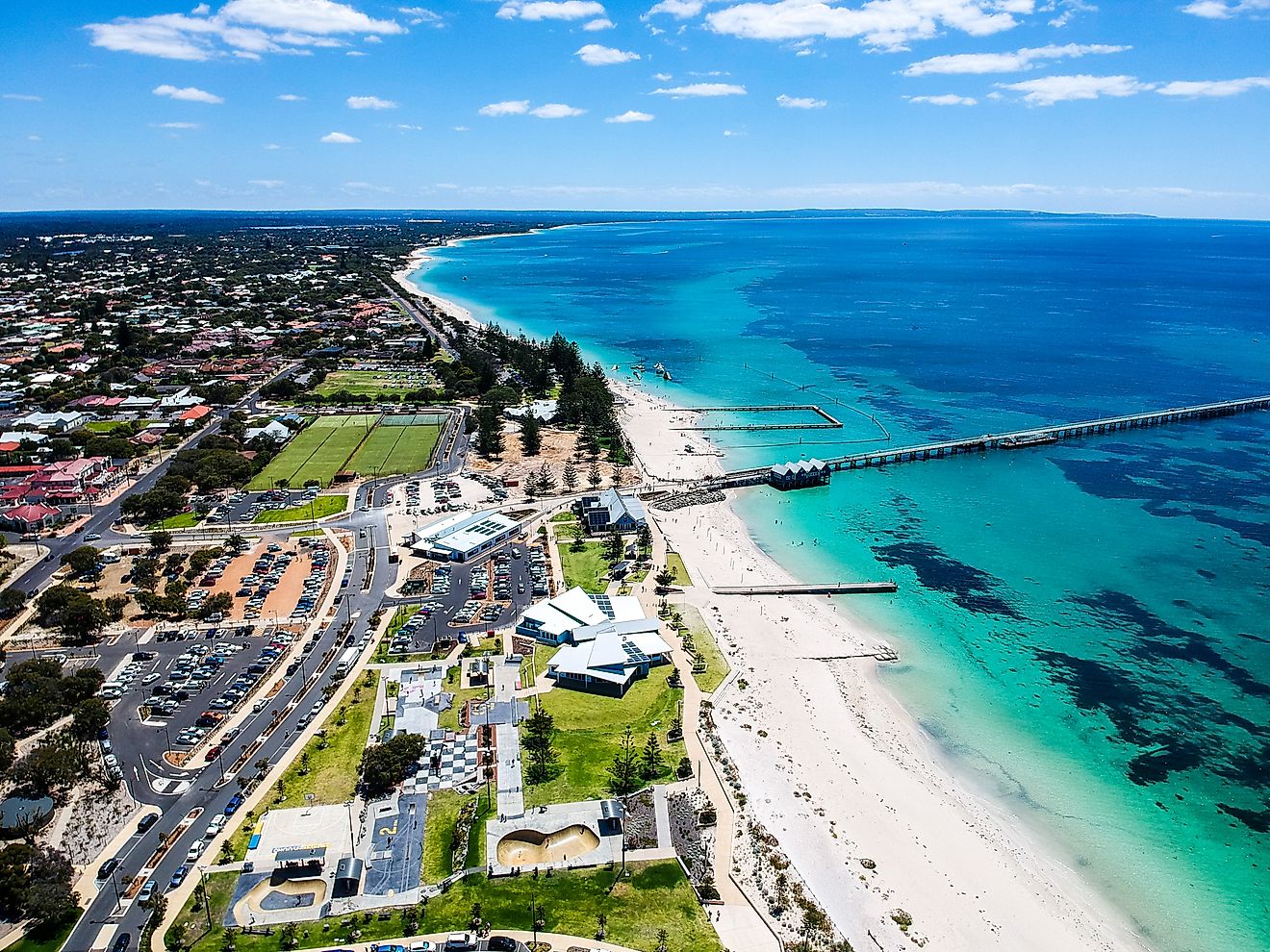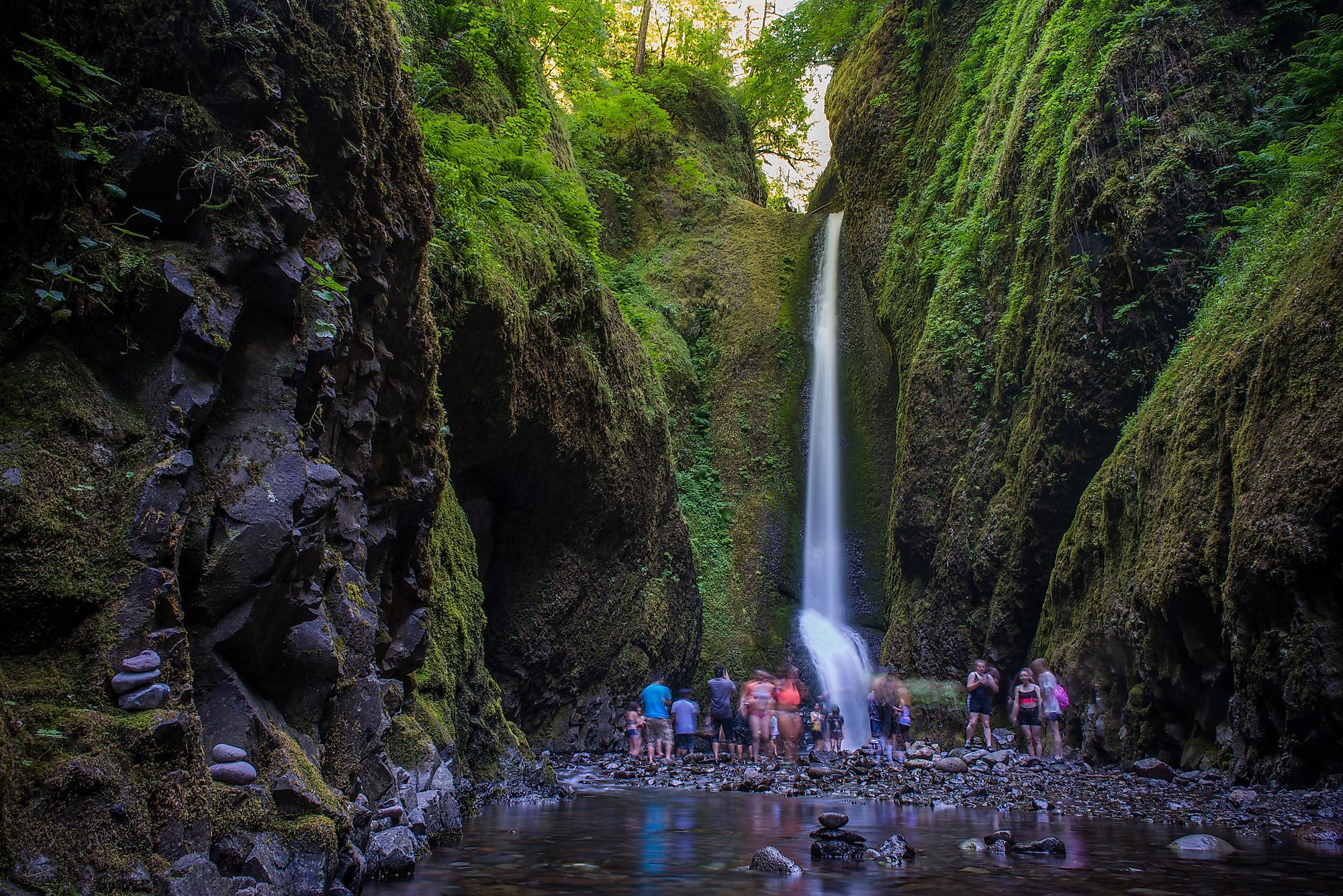
The Gorgeous Oneonta Gorge, Oregon
The Oneonta Gorge is a spectacular hiking attraction and botanical region in the suburbs of Portland, Oregon, in the Columbia River Gorge area. It is a lichen-covered slot canyon, one of the most well-known sights in the Columbia River Gorge National Scenic Area. Lower Oneonta Falls, a 100-foot plummet into a pool, is only 0.3 miles from the trail's starting point in a rocky creek bed. Because of the rare aquatic and woodland species that flourish there, the US Forest Service has designated it as a scientific area. It is considered one of the 7 Wonders of Oregon. There are four waterfalls in total: Lower Falls, Middle Falls, Upper Falls, and Triple Falls.
History Of The Oneonta Gorga
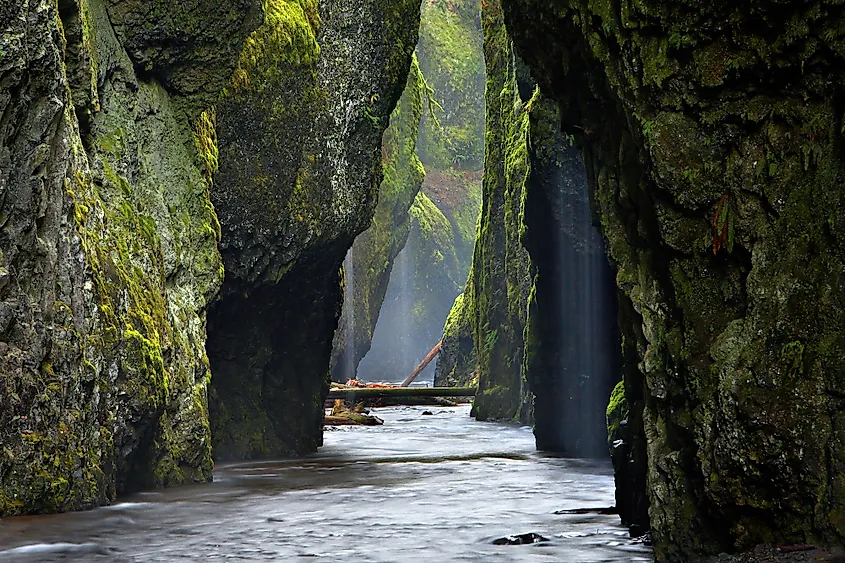
Carleton Eugene Watkins from Oneonta, New York, was the first to picture the gorge in 1883, and thus the name. During the California Gold Rush, Watkins came west and called the falls after his hometown. There hasn't always been a log jam at Oneonta Gorge. The hike up the gorge used to be very accessible until several storms in the late 1990s knocked down many trees from the canyon walls above, resulting in the current log jam. Oneonta Gorge was one of the "beauty places" included in the Columbia River Highway's initial design. The Oneonta Tunnel, located east of Oneonta Creek, was where the bridge and road were initially built-in 1914–1915. A 200-foot-high basalt outcrop is cut through the 125-foot-long, timber-lined tunnel. Due to increased traffic, a new bridge was erected across Oneonta Creek in 1948, and the road was rerouted around the basalt protrusion. The tunnel had been abandoned and was filled with rubble. The tunnel was reopened in 2009 as part of the Historic Columbia River Highway State Trail rehabilitation project. The Eagle Creek fire in 2017 ripped through the tunnel, destroying the timbers. The fire forced the closure of a trail that leads down the gorge and affords views of three waterfalls, and it has now reopened.
Location Of The Four Waterfalls Of Oneonta Gorge
Oneonta Gorge is situated in the Columbia River Gorge region of Oregon, United States. Lower Oneonta Falls, the first of four falls, is located at the far side of the slot canyon and cascades over beautiful seaweed cliffs. Above the Gorge, Middle and Upper Oneonta Falls and Triple Falls are accessible via a distinct trail system.
Wildlife In The Area
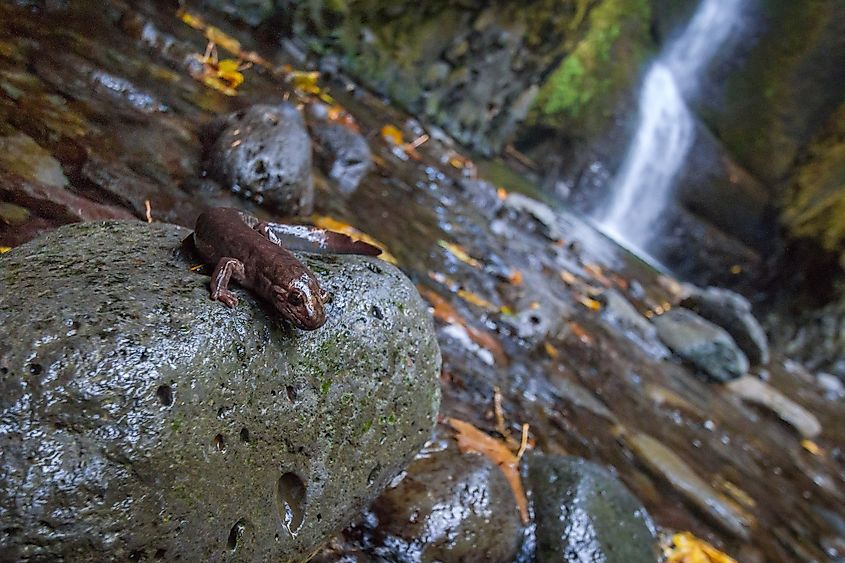
Oneonta Gorge has been labeled "one of the state's most dramatic chasms" because of its 50 types of wildflowers, flowering plants, and trees. The US Forest Service has designated the 25-million-year-old basalt canyon as a botanical area, home to rare aquatic and woodland plants, lichens, and mosses found only in the Columbia River Gorge. This wet, gloomy fissure provides a remarkable variety of plants with a unique habitat. "Endemics" are the Gorge's only dwellers, tucked into cracks and clinging to cliffs. This botanical area is unique in that it contains a high concentration of these and other unusual plants, making it a popular destination for naturalists. The Forest Service has designated the Oneonta Gorge as a scientific area to safeguard these plants and the other unusual water species that grow here.
Best Time To Visit The Oneonta Gorge
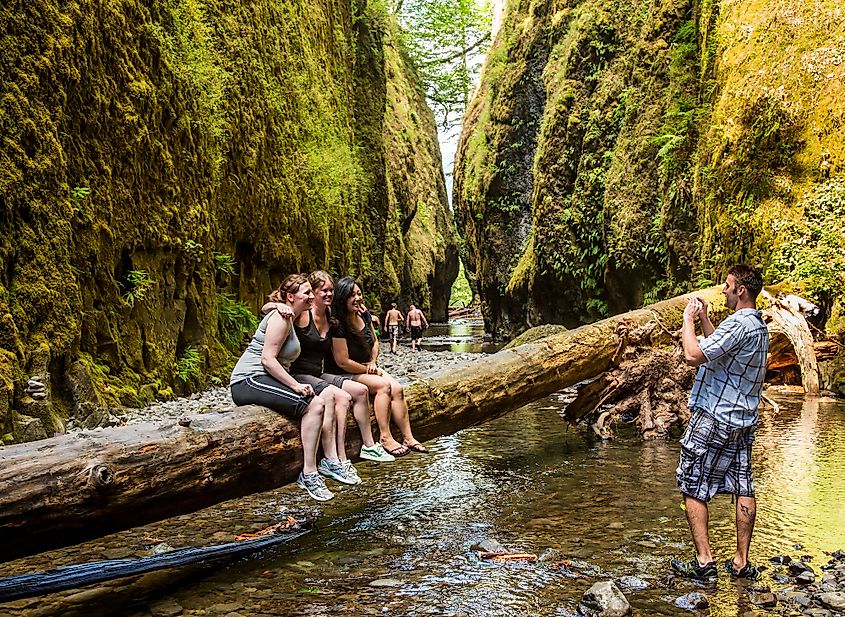
From late fall/early winter through early spring, hiking is nearly difficult. The water is brutally cold in the winter and early spring and even a wetsuit may not be enough. The water is also very high in the spring, and streams are at their most powerful: this means there is a considerable risk of major injury, which can be life-threatening. Some people attempt the trip as early as May, which is doable. However, the water is still quite cold and will take your breath away. As a result, the best months to visit are August and September, when the water temperatures are slightly higher, and the water levels are slightly lower. The creek is too high for safe hiking at other times of the year, and it is just too cold for the entirety of the hike.
Threats
The US Forest Service is concerned about the impact of increased people at Oneonta throughout recent summers on the gorge's environment. Visitors have destroyed the riparian vegetation – moss and plants — in the Columbian River Gorge National Scenic Area, according to Hinatsu, a leisure staff officer. He also stated that the sediment thrown up could be harmful to fish.
Despite the threat, this unique site is only 40 minutes from Portland's congested downtown, and it is a terrific way to fight the summer heat. In addition, the hike is only about 0.6 miles. If you make it to the end of the gorge climb, you'll find Lower Oneonta Falls and a picture-perfect diving area created by the falls hammering into the creek's bedrock. Although the water is chilly, it will be a welcome relief at the end of your hike. Oneonta Gorge is a logical alternative if you are seeking a more private, out-of-the-way hike followed by a brief dip to cool off.
